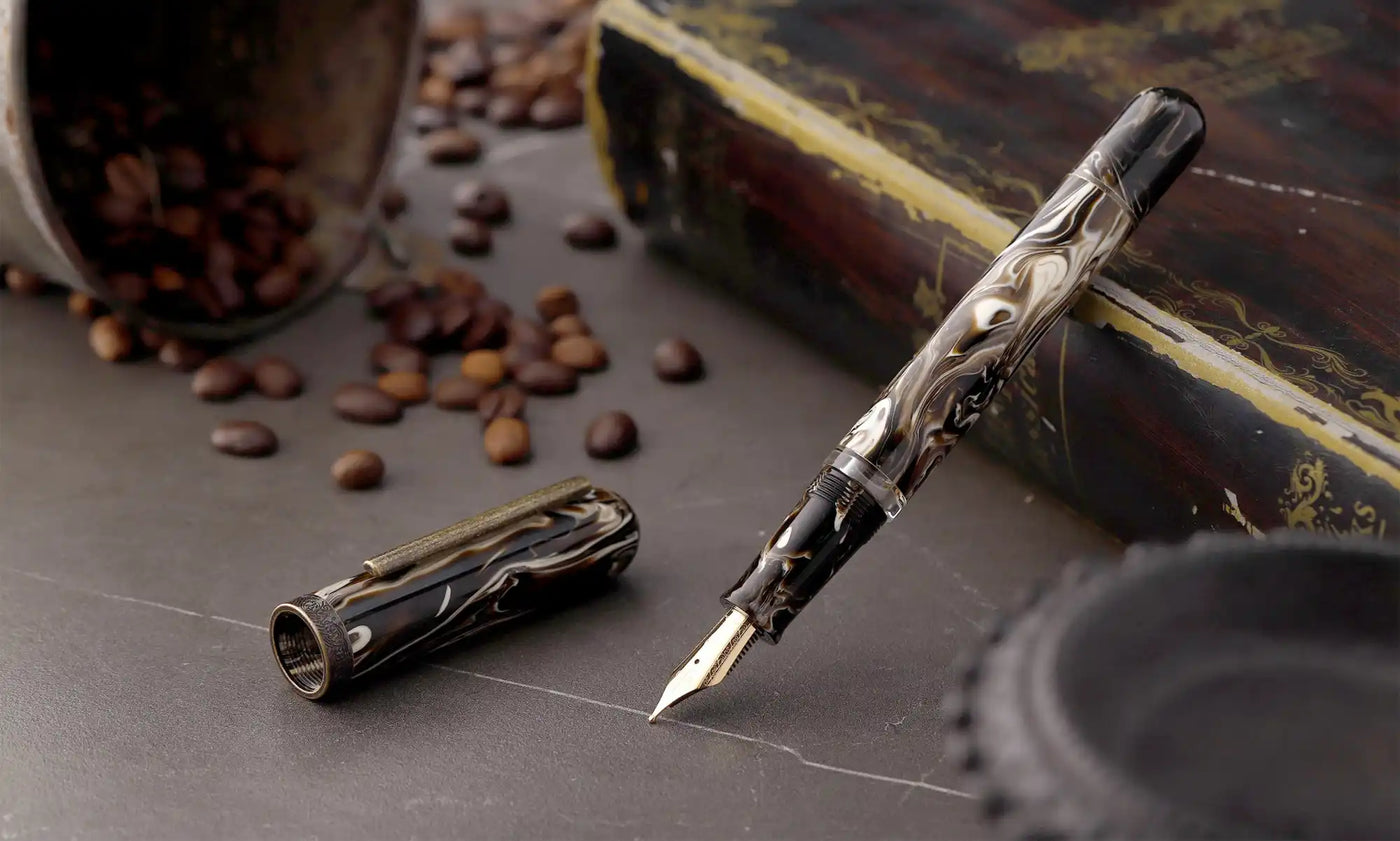Undeniably one of the world’s most treasured inventions, the ballpoint pen is used by countless people around the globe each day. We use it so often that we hardly even think twice about it; it is an innate item in our daily lives. Yet, so few can say they really understand the ins and outs of the ballpoint pen. What is the ink made of? How exactly does it work? And, why is it so invaluable to our lives? Let’s take apart the ballpoint pen, both literally and figuratively, and dive into what exactly makes it click.
What makes a ballpoint unique?
For most of the industrialized, modern world, the ballpoint pen is a staple in our daily lives. But why exactly is that the case? What is so significant about this particular item?
Understanding the history and “pen science” behind the ballpoint certainly helps to explain this. From its very inception, the ballpoint was specially designed for the purpose of practicality and convenience. The ballpoint as we know it was born in the 1930s when László Bíró noticed that ink used in newspapers dried immensely faster than that used in fountain pens. He subsequently set out to design a pen that could support this type of ink, creating the ballpoint pen. A few decades later, The Parker Pen Company released what is now considered one of the best ballpoint pens, the world-renowned Parker Jotter, featuring a revolutionary click mechanism. The ease and convenience of this mechanism rapidly swept the world, and other manufacturers soon made and sold their own versions of this type of pen.




